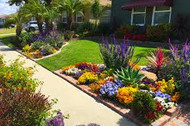5 Tips to Make Your Yard Look Like You Hired a Landscaper
Posted by Jackie Sons on Jan 21, 2017
5 tips to make your yard look like you hired a landscaper
Winters are at their peak, and most gardens all around the world are either covered in snow or facing the brunt of winter frost. It may be one of the least desirable times for gardening enthusiasts (sitting idle indoors waiting for the spring blossoms). However, this doesn’t mean total inactivity. You can always plan and make a grand plan to landscape your garden in the days to come. Sounds alarming? Who wants to spend precious bucks hiring a landscaper to do the trick for you? We won’t suggest that either.
Here are five great DIY tips for you to landscape your garden to make your yard look like you hired a landscaper.
1. Develop it on a paper first. Like every other well-planned venture, DIY landscaping also needs elaborate planning. Sketch your garden with exact measurements of the space available. Plot every detail on the sketch that you want in your DIY landscaping venture. It may include the location of individual flower beds, placement of rockery, corners for trees, a lining of hedges and even the birdhouses or feeding trays. As a rule, what looks good on paper would look even better on the ground. Such details would help you in planning your DIY landscaping to the minutest details (including expenses, timelines and phases of landscape development). Ideally, you must start from the outer edges and work inwards to allow modifications in landscapes at a later stage.

2. Follow the natural lay of the ground for landscaping. Commercial landscaping can be expensive and involve the operation of heavy earth moving machinery in some instances. The ideal DIY technique to avoid such expense is to follow the natural lay of the ground for landscaping. You can make use of smart ground covers, creepers, bushes and climbing foliage to cover unsightly objects within your garden or backyard.
3. Select the spring flowering varieties smartly. Flowers look amazing in all forms and colors; however, it is the smart and tasteful mix of the colors that bring a landscape to life. That needs some amount of understanding about the size, spreading habit and freshness of spring flowering varieties. However, as a general rule, keep the smaller spreading varieties on the edge of your flower beds. The middle part may be occupied medium-size varieties, and the rear may be planted with taller growing varieties. Create a contrast of colors in each flower bed for the best visual experience. All nurseries carry spring flower varieties as per size and color to assist you in planting spring flowering varieties as per your plan.
4.Plant perennials and permanent flowering trees or bushes. For medium or large sized yards, planting lasting flowering or fruiting trees is a great DIY landscaping idea. Trees and flowering shrubs add color, shade and bring butterflies and birds to your backyard. Strategically placed trees in your landscaping scheme can save you air conditioning costs by shielding from sun heat. However, space in your garden may be kept in mind while landscaping your yard with permanent trees of substantial size. They may be invasive for restricted areas.

5. Create your fertilizer factory. Fertilizing your garden is an essential ingredient for healthy landscaping. Buying commercial compost can be expensive. A DIY solution can be recycling your garden waste (grass clipping, fallen leaves, vegetable and fruit shavings from the kitchen) to form organic fertilizer. Store all these materials under a gunny bag for a month or two (with a light sprinkling of lime) and keep it moist. The stuff would decompose into compost (ideal as a fertilizer).


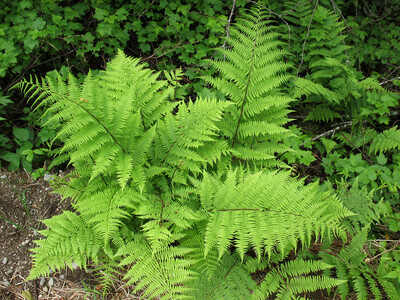 Native Ferns
Native Ferns
 Native Mosses
Native Mosses
 Native Perennials
Native Perennials
 Native Ground Covers
Native Ground Covers
 Native Trees
Native Trees
 Pollinators
Pollinators
 Shop Bloom Color
Shop Bloom Color
 Perennials By Zone
Perennials By Zone
 Medicinal Herb Plants
Medicinal Herb Plants
 Spring Bulbs
Spring Bulbs
 Trillium
Trillium
 Shop By Zone
Shop By Zone
 Flowering Groundcovers
Flowering Groundcovers
 Evergreen Groundcovers
Evergreen Groundcovers
 Ferns for Zone 3
Ferns for Zone 3
 Ferns for Zone 4
Ferns for Zone 4
 Ferns for Zone 5
Ferns for Zone 5
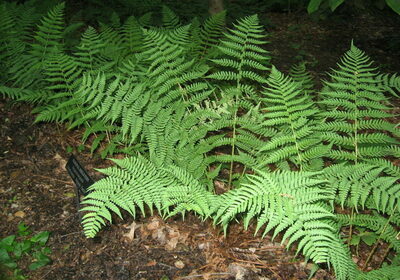 Ferns for Zone 6
Ferns for Zone 6
 Ferns for Zone 7
Ferns for Zone 7
 Ferns for Zone 8
Ferns for Zone 8
 Christmas bows
Christmas bows
 Fresh Wreaths & Garlands
Fresh Wreaths & Garlands
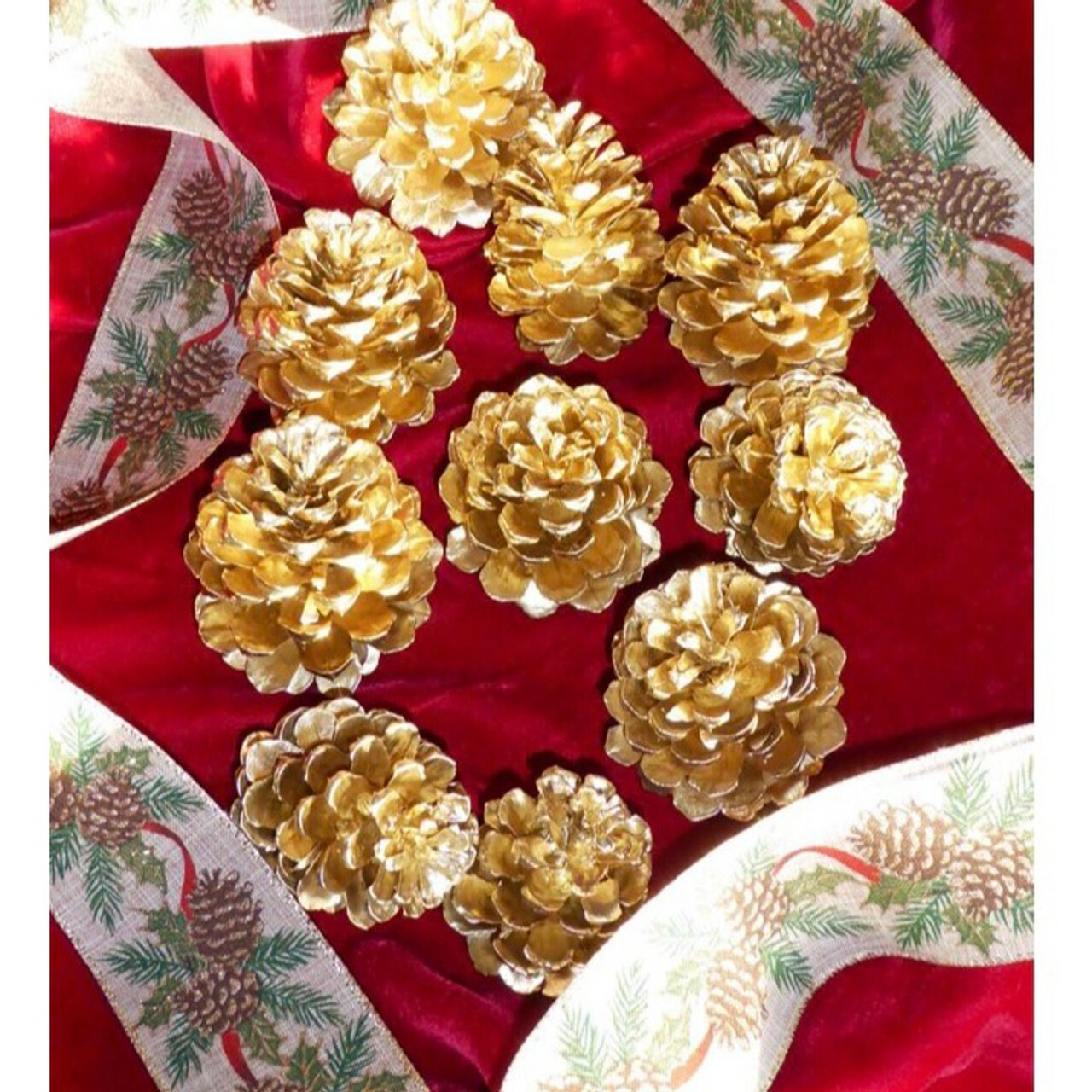 Large Pine Cones
Large Pine Cones
 Live Mistletoe
Live Mistletoe
 Moss
Moss
 Shop Trees By Zone
Shop Trees By Zone
 Tree Seedlings
Tree Seedlings
 Fast Growing Trees
Fast Growing Trees
 Pine Trees
Pine Trees
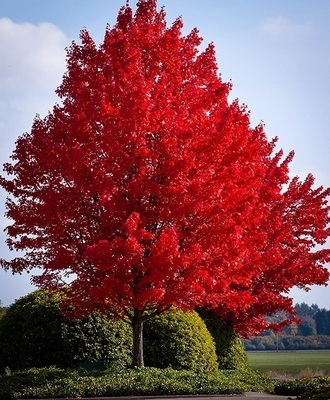 Live Stakes
Live Stakes
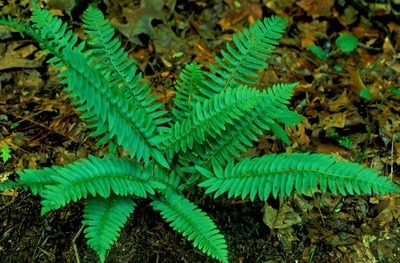 Evergreens
Evergreens
 Cactus
Cactus
 Combos
Combos
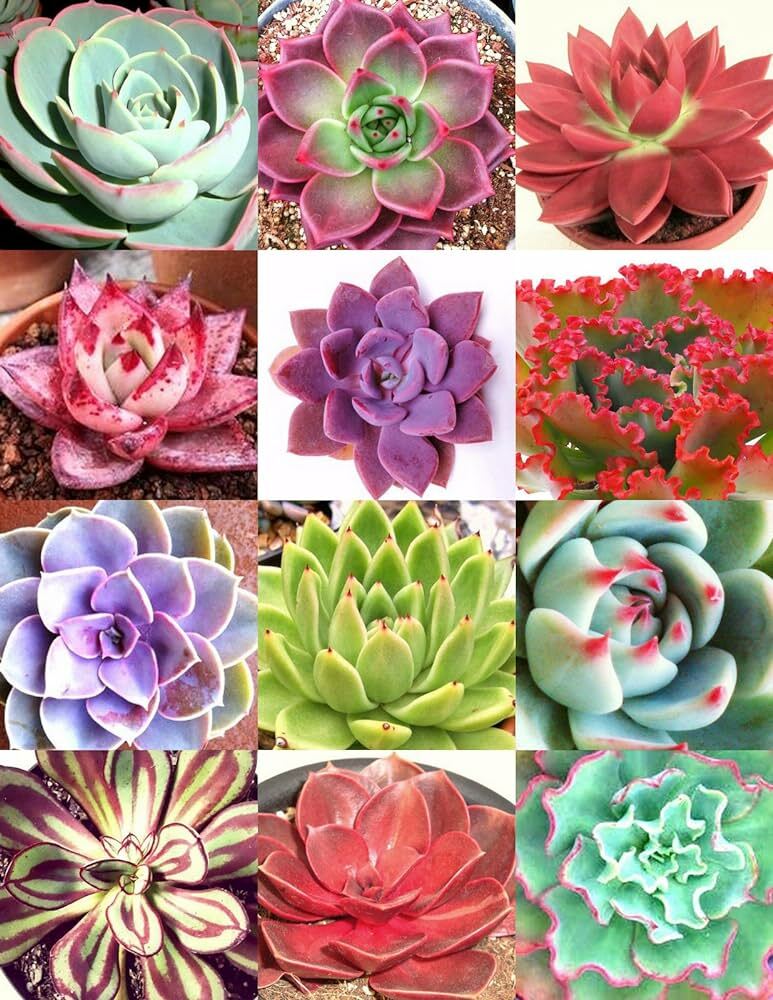 Echeveria
Echeveria
 Haworthia
Haworthia
 Sedum - Stonecrop
Sedum - Stonecrop
